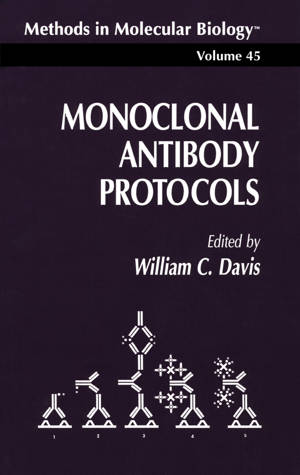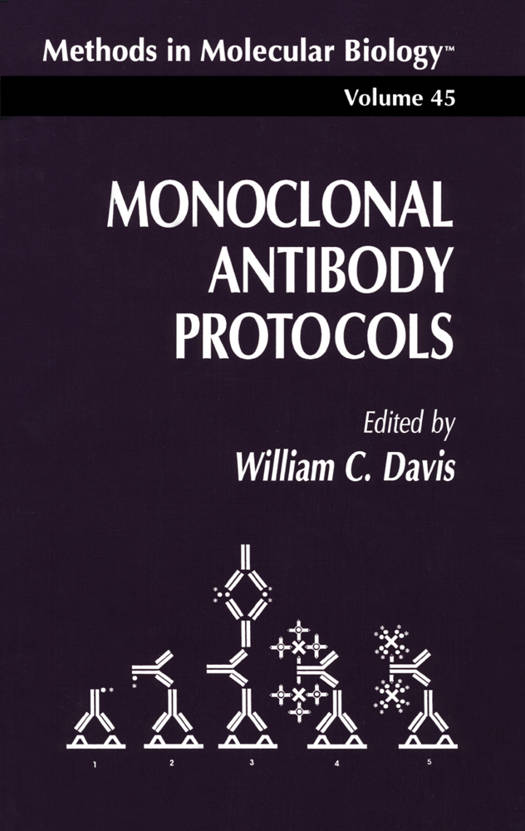
- Afhalen na 1 uur in een winkel met voorraad
- Gratis thuislevering in België vanaf € 30
- Ruim aanbod met 7 miljoen producten
- Afhalen na 1 uur in een winkel met voorraad
- Gratis thuislevering in België vanaf € 30
- Ruim aanbod met 7 miljoen producten
Zoeken
Omschrijving
Since the initial description of techniques to immortalize anti- body-producing B-lymphocytes by fusion with tissue culture-adapted myeloma cells, methods have been developed to produce monoclonal antibodies of defined specificity in multiple animal species. Stable hybrids can be readily produced in mice using a number of myeloma and hybridoma cell lines. To obviate the problem of identifying fusion partners in other animal species, xenohybrids have been produced using B-lymphocytes from the relevant species and mouse myeloma cells. The use of xenohybrids has minimized the problem of obtain- ing stable antibody-producing hybrids in all species examined thus far. Although alternative techniques are being developed to produce monoclonal antibodies by molecular methods, hybridoma technol- ogy will remain the technology of choice for producing monoclonal antibodies for a variety of applications in research and industry. The objective of Monoclonal Antibody Protocols is to provide investigators with a set of methods for producing and using mono- clonal antibodies in biomedical, agricultural, and biological sciences. The book is not intended to provide methodology for all possible applications, but rather a series of methods presented in an easy-- follow format that can be used by new and established investiga- tors, graduate and postgraduate fellows, and technical staff.
Specificaties
Betrokkenen
- Auteur(s):
- Uitgeverij:
Inhoud
- Aantal bladzijden:
- 264
- Taal:
- Engels
- Reeks:
- Reeksnummer:
- nr. 45
Eigenschappen
- Productcode (EAN):
- 9780896033085
- Verschijningsdatum:
- 23/05/1995
- Uitvoering:
- Hardcover
- Formaat:
- Ongenaaid / garenloos gebonden
- Afmetingen:
- 166 mm x 229 mm
- Gewicht:
- 439 g

Alleen bij Standaard Boekhandel
+ 294 punten op je klantenkaart van Standaard Boekhandel
Beoordelingen
We publiceren alleen reviews die voldoen aan de voorwaarden voor reviews. Bekijk onze voorwaarden voor reviews.











